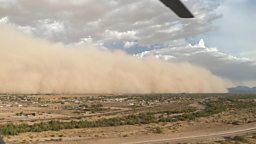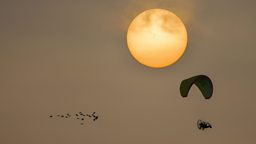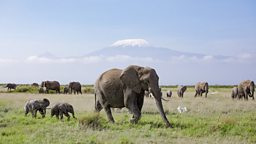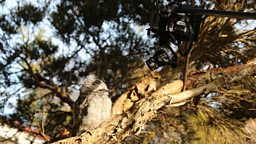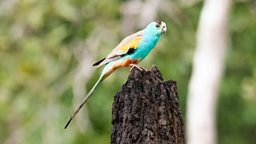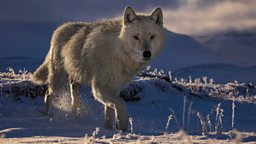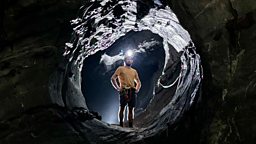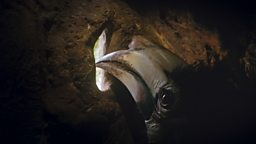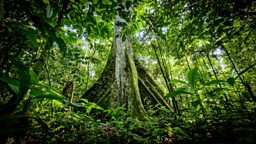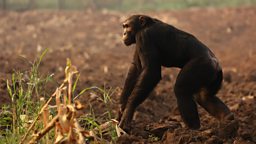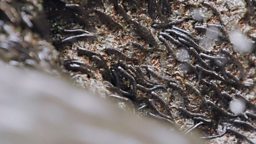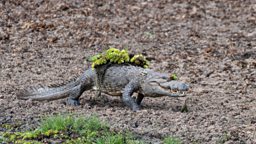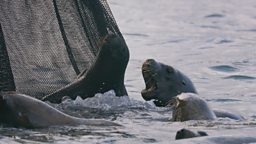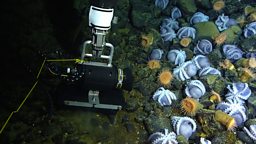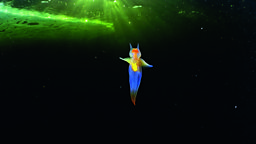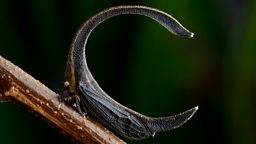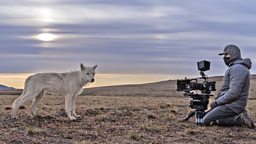Remotely chasing storms in Phoenix City
By Kiri Cashell, Producer/ Director, Deserts and Grasslands
capturing a dust storm as it barrelled towards Phoenix City in Arizona
In this job, you never know when you'll have to make a tough decision, but I didn't expect to find myself directing a helicopter and its crew while comfortably nestled in my bed at home in the UK, all while they were capturing footage thousands of miles away in the United States!
Amidst the challenges of a global lockdown, we embarked on an ambitious project, collaborating remotely with local crews across the world to film various sequences for Planet Earth III. However, one really ambitious and dramtic endeavour was yet to come: capturing a dust storm as it barrelled towards Phoenix City in Arizona, all from the vantage point of a helicopter.
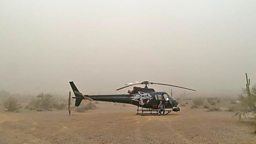
The catch? Dust storms are notoriously unpredictable. We couldn't forecast the day, time, formation, trajectory, speed, or direction of the storm with any great certainty. To make matters even more complex, we could only get a reliable prediction roughly 1 or 2 hours before the event, and our team required a whole day to prepare the helicopter for filming. The stakes were high, but we had a system in place that offered us some chance.
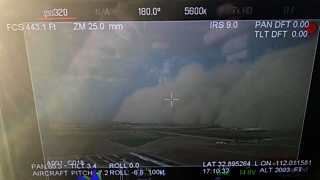
I decided to 'press go.'
We teamed up with local storm chasers and meteorologists who had been tracking weather patterns and providing complex predictions for months. Then, in late July 2020, the stars aligned: weather reports and our network of storm chasers agreed that a storm was brewing, just 12 hours away. Now, the moment of truth had arrived. Sitting alone in the dark during the early hours of the morning, my stomach churned as I had to make a decision. After much deliberation, I decided to 'press go.' I couldn't help but wonder if I had just made a monumental and potentially costly mistake. Filled with anxiety, I compulsively refreshed weather reports like a madwoman, and, through relentless effort and a touch of luck, our helicopter and team were ready an hour before the storm began to form.
However, the challenges were far from over. The next question was when to take off. We had a limited window of 4 hours for flight and filming—fly too soon, and we risked missing the storm passing over the city; fly too late, and the helicopter could be grounded.
Sitting in the darkness thousands of miles away, I listened to voice notes from our trusted storm chasers who were closely monitoring the formation and movements of the storm. Guided by their expertise, I made the call to take flight, sending my final voice note to the aerial team. All I could do was listen anxiously as excited communications flowed back and forth between the storm chasers on the ground and the eyes in the sky above. We pulled it off, achieving something that many, including myself at times, deemed almost impossible.
In hindsight, it stands as one of the most unusual and amusing moments in my career, even if it didn't feel that way at the time.
